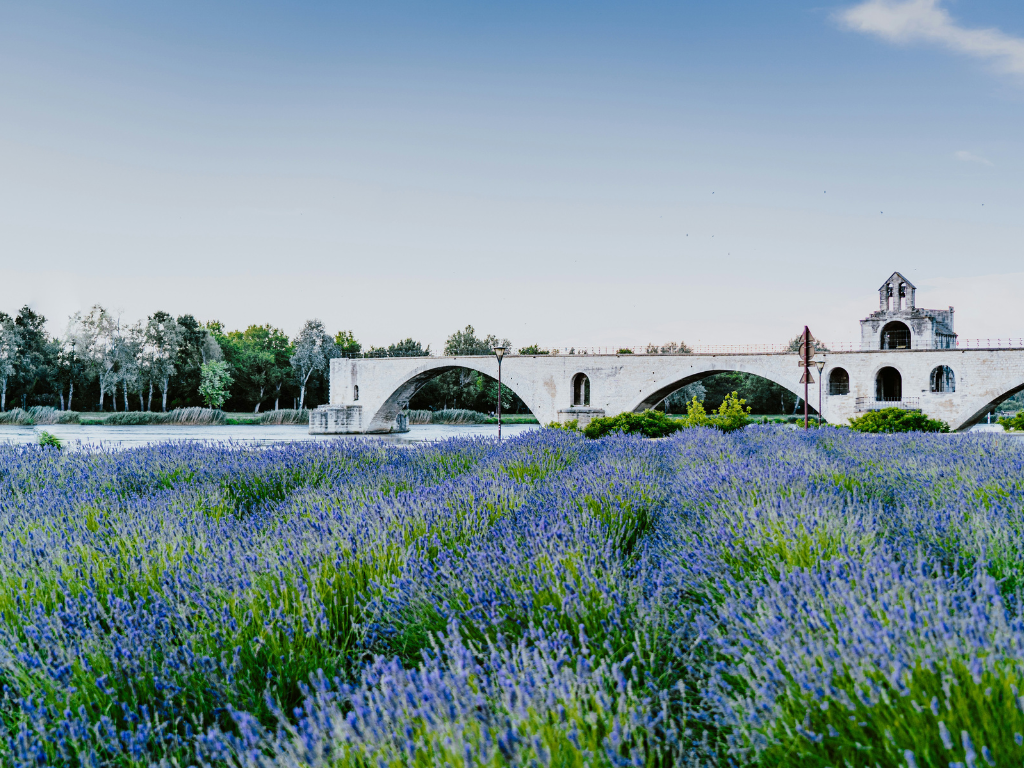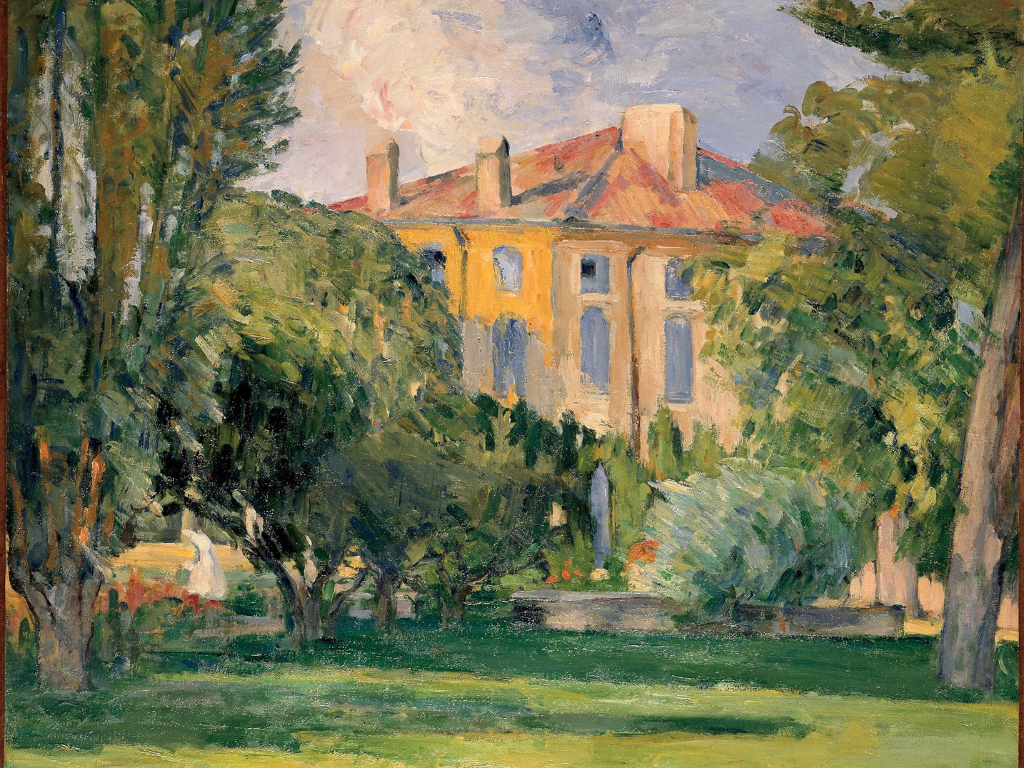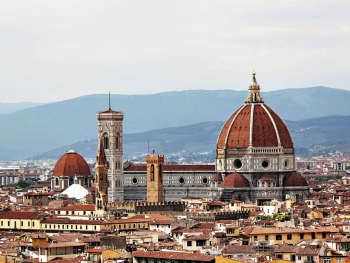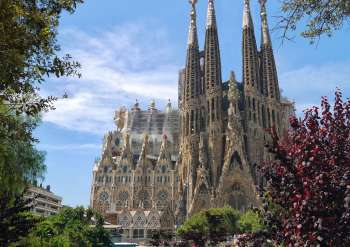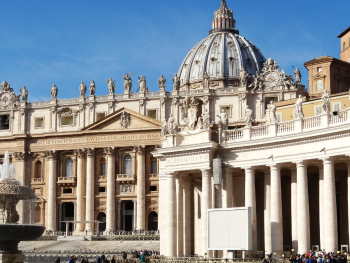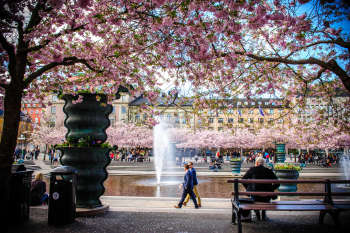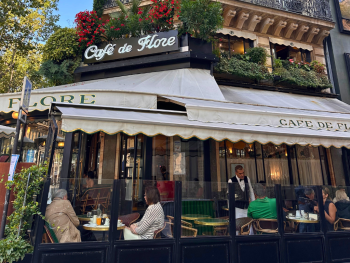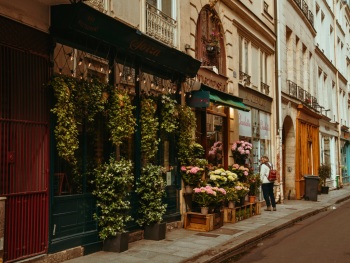When most travelers think of Pisa, one image springs to mind: a lopsided bell tower tilting charmingly against the sky. But Pisa’s history and character extend far beyond its famous lean. This riverside Tuscan city was once a powerful maritime republic, a center for science and scholarship, and a vibrant cultural crossroads—and it still carries the echoes of that past.
Whether you’re stopping through for a few hours or planning a longer stay, Pisa rewards those who linger. Here’s how to explore it with depth, nuance, and just the right balance of classic sights and lesser-known corners.
1. Getting to Pisa: A Gateway in the Heart of Tuscany
Located just an hour from Florence, Pisa is one of Tuscany’s most accessible cities—ideal for a day trip or a leisurely weekend.
-
By plane: The Galileo Galilei Airport offers direct connections from across Europe, as well as parts of North Africa and the Middle East. It’s just 10 minutes from the city center.
-
By train: Pisa Centrale is a major hub with frequent trains from Florence, Rome, Milan, and beyond. Some routes even run directly from Nice or Geneva.
-
By car: While driving in central Pisa can be tricky (limited traffic zones and scarce parking), arriving by car is ideal if you’re continuing through the Tuscan countryside.
-
By bus: An economical and convenient option from regional cities, with arrivals near the central station.
Wherever you’re coming from, plan your transport in advance to minimize stress and maximize exploration time.
2. Visiting the Leaning Tower—and the Stories Beneath It
Yes, it’s iconic. Yes, it’s crowded. And yes—it’s absolutely worth seeing. The Leaning Tower of Pisa stands within the Piazza dei Miracoli (Square of Miracles), a UNESCO-listed ensemble that’s as architecturally cohesive as it is visually striking.
Construction on the tower began in 1173, and its lean started almost immediately due to unstable soil. What followed was a centuries-long battle of engineering ingenuity, as architects paused and rethought the project multiple times. Stabilization efforts in the early 2000s finally ensured the tower’s safety—though its tilt remains part of its charm.
Pro tip: Book your entry ticket in advance—numbers are limited—and take time to explore the other structures in the square: the Cathedral, Baptistery, and Camposanto Monumentale.
Want a deeper dive into Pisa’s artistic, religious, and political history? Our Introduction to Pisa Tour, led by a local expert, explores not just the tower but the city’s evolution—from maritime superpower to scholarly center.
3. Beyond the Tower: Pisa’s Other Architectural Treasures
Pisa Cathedral (Duomo di Pisa)
A Romanesque masterpiece with Moorish and Byzantine influences, the cathedral is stunning both inside and out. Don’t miss the golden ceiling commissioned by the Medici or the elaborate marble pulpit by Giovanni Pisano.
Pisa Baptistery
Italy’s largest baptistery features acoustics so perfect that staff regularly demonstrate its echo with a sung note. Its striking layered façade blends Romanesque and Gothic styles.
Camposanto Monumentale
This “Holy Field” cemetery, believed to contain soil from Golgotha, holds ancient Roman sarcophagi and exquisite medieval frescoes—many restored after WWII damage.
4. Discovering Pisan Culture: A City of Scholars and Tradition
Pisa may welcome millions of visitors, but its soul belongs to the locals—and to its university students. Home to one of Italy’s oldest and most prestigious universities, the city has a youthful, intellectual energy that pulses through its quiet backstreets.
Pisan traditions still hold strong. Festivals like Luminara di San Ranieri (a candle-lit riverfront celebration in June) and Gioco del Ponte (a historic mock battle) bring locals into the streets. And like the rest of Italy, Pisa slows down for riposo—the midday break that’s perfect for a long lunch or a quiet wander while the city sleeps.
5. What to Eat in Pisa: Local Flavors and Slow Meals
Pisan cuisine is humble, hearty, and rooted in local ingredients. You won’t find fussy plating here—just bold flavors and tradition-rich recipes:
-
Cecina – Chickpea flour flatbread, crispy at the edges and soft within. Eat it hot from the oven.
-
Trippa alla Pisana – A tomato-based tripe dish, tender and comforting.
-
Cacciucco – A rich seafood stew typical of coastal Tuscany, often served with grilled bread.
-
Pappardelle alla lepre – Wide ribbons of pasta in a robust hare ragù.
-
Lampredotto – A street food staple made from slow-cooked cow stomach, best with a splash of salsa verde.
Pair with a glass of local red (perhaps a Sangiovese from nearby hills), and you’ll quickly understand why the Pisans take their time at the table.
6. Where to Stay in Pisa
From riverside villas to boutique B&Bs tucked inside medieval buildings, Pisa offers a range of accommodations for every travel style.
-
For comfort & convenience: Hotels like NH Pisa or Grand Hotel Bonanno offer modern amenities and proximity to transport.
-
For local charm: Choose a bed & breakfast in the historic center—many are run by families with generations of insight into the city.
-
For independence: Vacation rentals and guesthouses offer flexibility, especially if you’re traveling as a family or staying longer. Consider using a platform like Home Exchange or Home Stay for a more sustainable and authentic experience.
-
For nature lovers: Campgrounds just outside the city (like Camping Village Torre Pendente) offer rustic stays with easy city access.
7. Weather and Seasonal Notes
Pisa enjoys a Mediterranean climate:
-
Summer is hot and busy—perfect for late-night walks and sunset views, but plan for shade and hydration.
-
Spring and fall offer mild weather and fewer crowds—ideal for sightseeing and photography.
-
Winter is quieter, with cooler temperatures and occasional rain, but atmospheric in its own right.
Plan Your Visit with Context
Pisa is so much more than a photo op. It’s a city of layered history and enduring tradition, best discovered not in a rush but with a curious spirit and a well-timed pause.
If you’re craving more than a checklist experience, our Introduction to Pisa Tour connects the iconic and the overlooked, guided by experts who bring the city’s past—and present—to life. Whether you’re a first-time visitor or a returning traveler, it’s the kind of experience that transforms your time in Pisa from a visit into a memory.

